SPACE AS A CATALYST
Abandoned spaces, industrial spaces, hidden hallways and passages, become revisited and brought back to life one unique moment at a time. In my artistic work, space often becomes a catalyst for interaction between musicians and their acoustic environment, an irresistible invitation to plunge into labyrinths of resonances and reflections.
Here are three the most magical and memorable acoustic environments I’ve entered during my sonic journey. Two of them are located in Washington State, USA: the early 20th century bunkers of Fort Worden and Satsop Nuclear Plant. The third one is in Warsaw: a former power plant and experimental research space named the High Voltage Hall.
Fort Worden State Park, Washington State, USA
A former military base, Fort Worden is a system of early 20th century bunkers and gun emplacements. The fort has never fired a shot, and currently serves as a place for recreation and artistic endeavors.
Undoubtedly, the most famous of Fort Worden’s hidden spaces is the Dan Harpole Cistern. This amazing underground micro-universe is approximately 14-feet deep, measuring almost 200 feet in diameter. 88 concrete pillars support the entire construction, resulting in unexpected patterns of sound reflections.
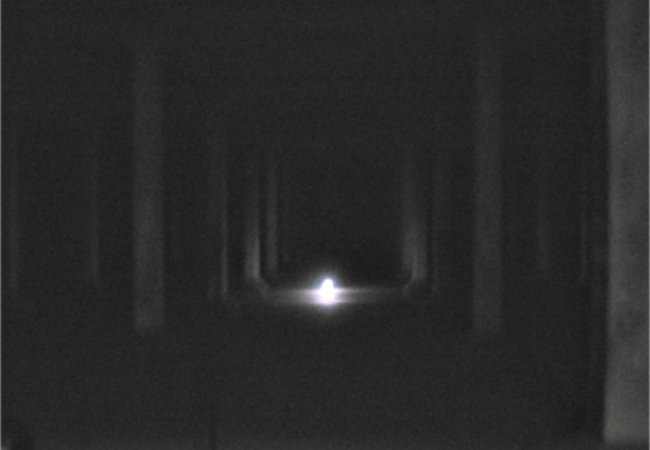
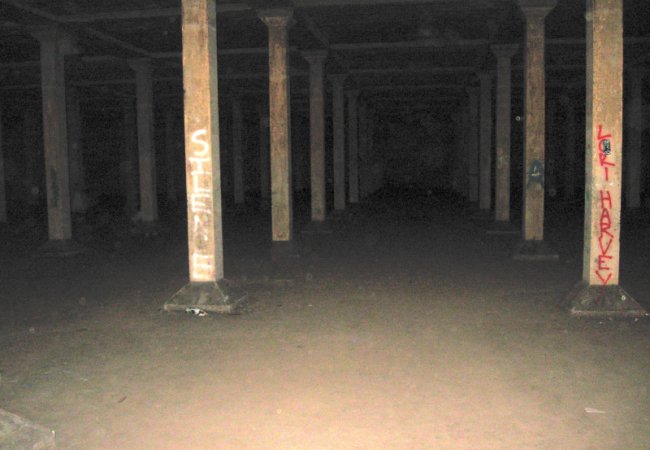
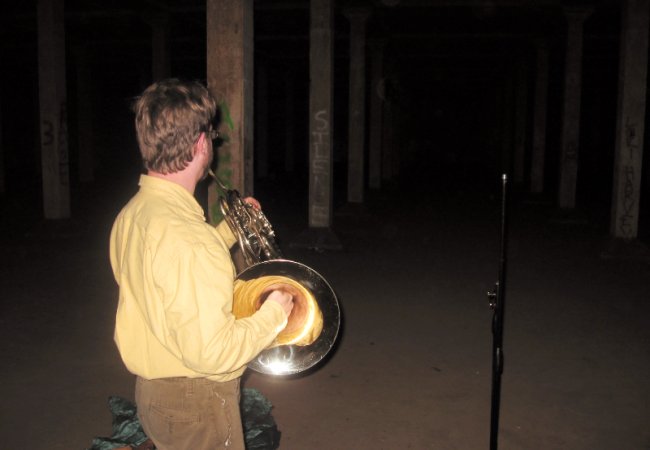
The cistern was musically discovered and popularized by Pauline Oliveros, Stuart Dempster and Panaiotis on their seminal album “Deep Listening” (1989). Nearly two decades later, Ewa Trębacz (at that time a Ph.D. student at the University of Washington’s DXARTS program) brought an Ambisonic microphone into the cistern and recorded sinusoidal sweeps with a reverberation time of 45 seconds. In 2017 DXARTS researcher dr Joseph Anderson turned those recordings into impulse responses, which could be used to process the sounds of the instruments in real time and bring them into the expansive soundscape of the cistern. On April 6, 2017 reverb based on this impulse response was utilized by Stuart Dempster in a concert performance in Seattle, symbolically completing the full cycle.
things lost things invisible for Ambisonic space and orchestra, Warsaw Autumn, 2007
K.Szymanowski Academic Symphony Orchestra
Arturo Tamayo, Szymon Bywalec, conductors
Virtual Soloisits: Josiah Boothby (French horn), Toby Penk (trumpet), Colby Wiley (trombone)
Errai - recording from premiere at Warsaw Autumn Festival 2009
Anna Niedźwiedź - soprano, Josiah Boothby - French horn
While the most famous, the cistern is only one of many sonically attractive spaces at Fort Worden. Each of the smaller bunkers has its own unique acoustic properties and much easier access, not requiring any special permits (they can be accessed on a walk-in basis).
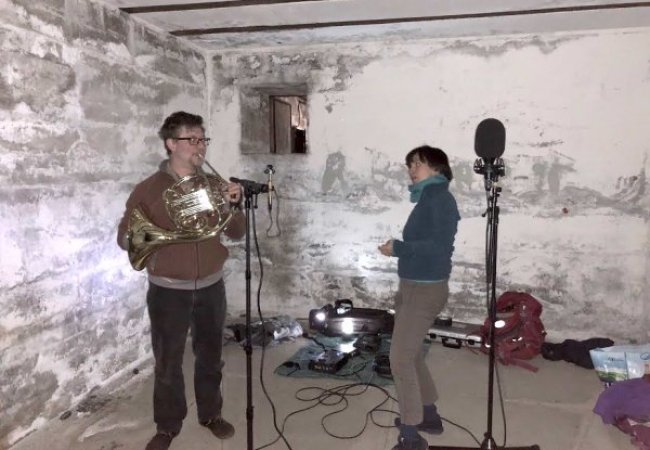
Related works: Ligeia, Metanoia
Ligeia for invisible soprano, ensemble and surround sound performed by Seattle Modern Orchestra (2016)
Julia Tai - conductor | Anna Niedźwiedź - invisible soprano
Satsop Nuclear Plant, Washington State, USA
Another abandoned space - a never completed nuclear plant - has been turned into a playground for several sound artists and filmmakers, utilizing the unique properties of the cooling towers, underground tunnels or reactor or turbine buildings. The cooling towers are characterized by their unique pattern of echoes and delays, while other spaces offer a variety of flavors of reverbs.
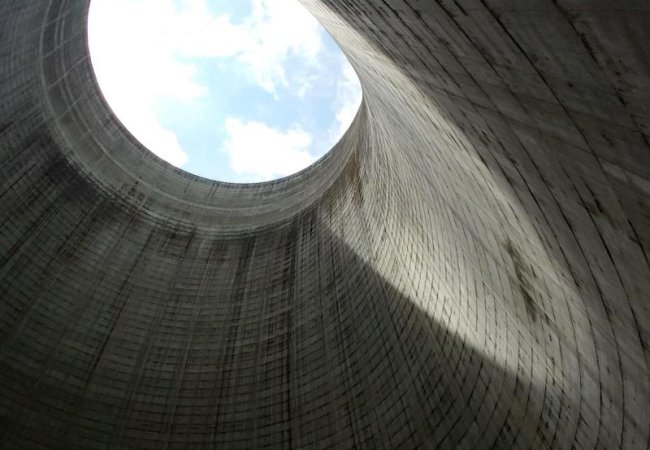
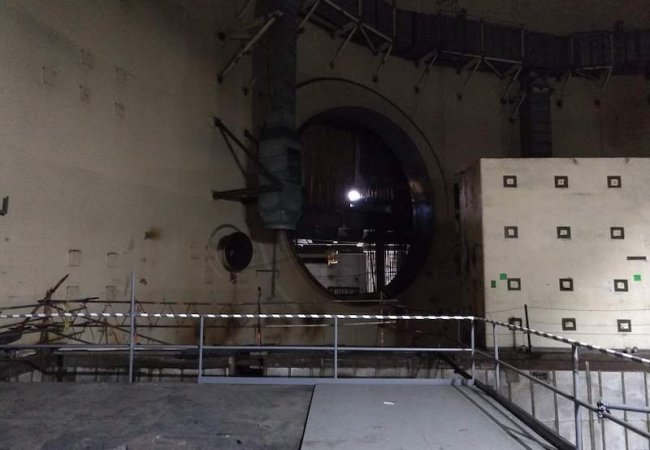


Related project: The Tower of Broken Mirrors
Article: Composing in a Pandemic
Tiny Chaconne at the Abandoned Nuclear Plant
This little gem spontaneously emerged during our 2019 recording session in the Reactor Building.
Heather Bentley - viola, Ewa Trębacz - violin, Josiah Boothby - French horn
The High Voltage Hall at the Institute of Power Engineering, Warsaw, Poland
The space is a monumental concrete cube, 46 by 46 meters wide and 33 meters tall, with about a 13 seconds long reverberation time. The building’s main destination is experimental research, measurements and tests of equipment exposed to high voltage in different environmental conditions. However after hours the hall transforms into a performance hall, hosting techno parties, new music concerts, experimental performances and anywhere in between.
Two of Ewa Trębacz’s works were premiered in this location, Minotaur (2005) and Errai - Immersive Audiovisual Space (2009) during the Warsaw Autumn Festival. Both works took advantage not only of the acoustics of the hall, but also their visual aspect. In Minotaur, the French horn player Henryk Kaliński, walked through the space, starting high above the audience, making his way to the floor, then exploring the entire hall, at times becoming invisible to the audience. In Errai, the entire space became a body of one immersive instrument. The stereoscopic video was displayed on a large screen, and lighting animation, designed by Robert Sowa, directly interacted with 3D projection, integrating all the visual spaces. Ambisonic sound immersed the audience, bringing together the precomposed 3D soundscape and live performance (Anna Niedźwiedź - soprano and Josiah Boothby - French horn).
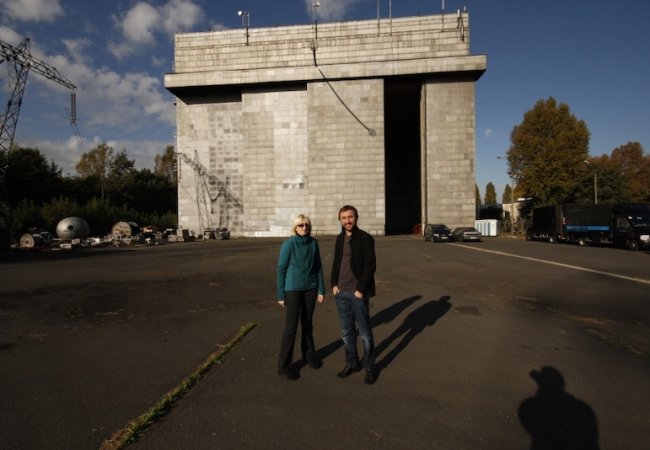
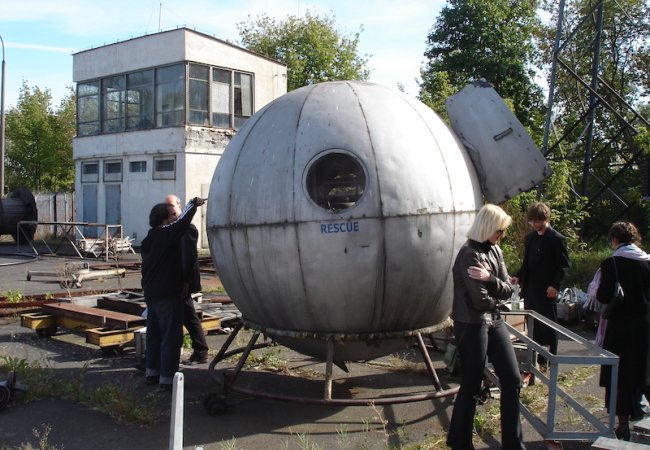
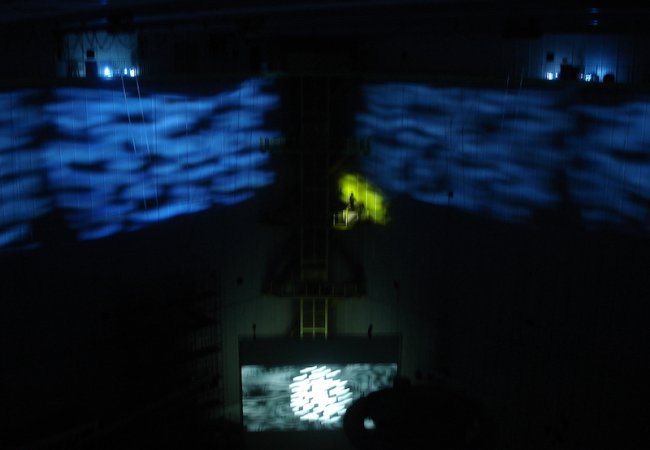

Related works: Minotaur, Errai
DXARTS concert during the 52nd edition of the Warsaw Autumn festival was also an opportunity to record sinusoidal sweeps and perform the impulse response measurement of the hall. Later processed by dr Joseph Anderson, the resulting reverb has been already utilized in several concert performances.
Minotaur for horn and surround sound, performed by Josiah Boothby with live reverb from the High Voltage Hall at the SPLICE Festival in 2018:
And a rare combination - musicians on stage are utilizing the live reverb from the High Voltage Hall while recordings from the Cistern can be heard in the pre-composed, electronic soundscape:
Premiere of Inanna Descending, Meany Hall, University of Washington (Seattle, 2019)
 girlbot@ewatrebacz.com
girlbot@ewatrebacz.com BabelScores
BabelScores Youtube
Youtube SoundCloud
SoundCloud Facebook
Facebook